April was a busy month. I made several round trips to L.A. and back to attend family events that had been planned long ago. The highlight of my travels, though, was a visit to see a part of my musical family; two of my coaches playing together at St. Matthews in Pacific Palisades. I studied with Yi Huan Zhao for several years, almost until the end of middle school, and I studied with Maia Jasper for more than two years in high school. As teachers, they each had their unique styles.
Yi Huan did his best to slow me down as I raced through pieces without a thought to what the composer had sought to convey. He did this by infusing each piece with a wonderful story so that the action became real for me. Yi Huan taught me how to read music. I confess, I had been getting away with faking it for quite a while due to my great audio memory. He taught me terminology and the positions, and when I worked on student repertoire, and he made sure that I knew exactly why I was working on each piece. I wanted to choose my own pieces, and he explained that each piece taught a different thing. Oh. It all seems so clear when you aren’t a little kid. My favorite thing about Yi Huan was that I got to play in a lot of recitals. And he had a baby. That was exciting.
By the time Maia got me, I had a decent command of the fundamentals, but I was disorganized in my approach to practicing, and I was lazy about working on exercises. It was a difficult time for me because I was spending a lot of time at Colburn on the weekends playing in chamber groups and in orchestra, and my daily commute to my high school was more than an hour each way, so I was losing time on the road. I hardly had anytime to practice with all my AP classes and tests and visiting and applying to universities. But during the little time that I had, Maia fit in two lessons a week to help me with my college audition pieces. She wrote letters to the universities for me, which was really nice, and I know it was a lot of extra work for her.
Yi Huan is the Concert Master of the Chamber Orchestra at St. Matthews in Pacific Palisades. The church has a thirty year tradition of supporting the arts. Maia and her musical partner Kevin Kumar have founded the Salastina Music Society much more recently. Their society focuses on education — no piece is left unexplained. Their selections are often shorter than full concert length, which increases appeal to the younger, attention-challenged listener. The Chamber Orchestra, on the other hand, is more traditional, and most of their subscribing audience has been listening to classical music a lot longer than I’ve been alive. But there was no clash of cultures. My graying parents attended the concert with me, and they were really happy to hear the more modern pieces that Salastina brings to the table. St. Matthews’ music director’s outreach to Salastina was inspired — do not go gentle into that good night audience, we have a wild ride on the Autobahn ahead!
Benedikt Brydern is a Los Angeles area composer with an amazing bio. He has an extremely large body of work for someone so young, and one of its highlights is Autobahn, a crossover piece for two violins. It’s a truly amazing work of art portraying the urban bustle and resulting angst that is so prevalent in our lives. Much of Brydern’s portfolio comprises film scores, which often come bundled with their burden of constraints. But Autobahn screams I’m writing this for me! Kevin and Maia played the piece to perfection. It’s the second time that I’ve heard them play it. The first time (at the much larger Zipper Hall) it felt quite phrenetic. They’ve let the piece ripen nicely — it was much less angular this time without losing any of it’s agitation.
All told, it was a wonderful night. And yes. There were cookies.
Views: 3335

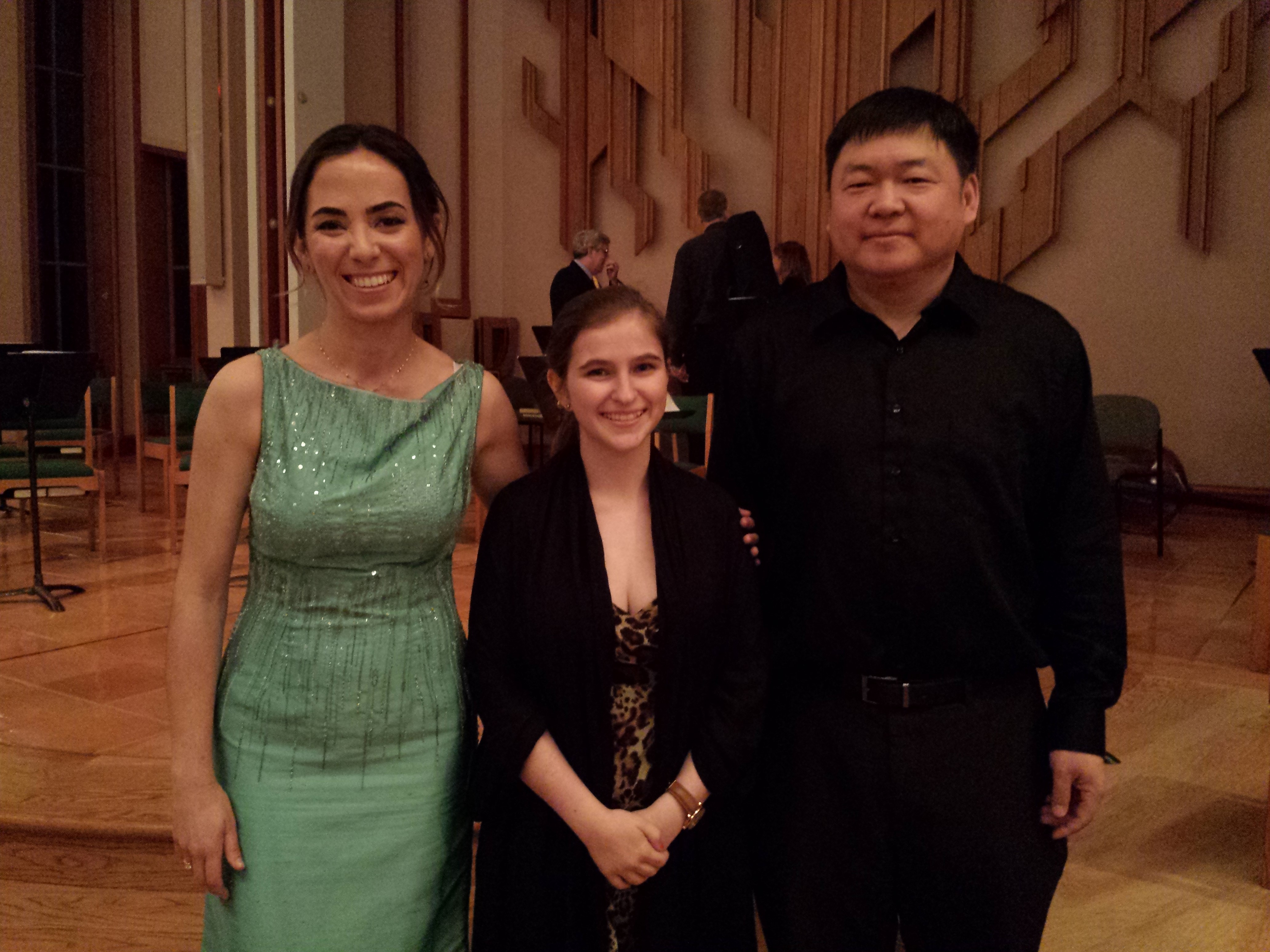


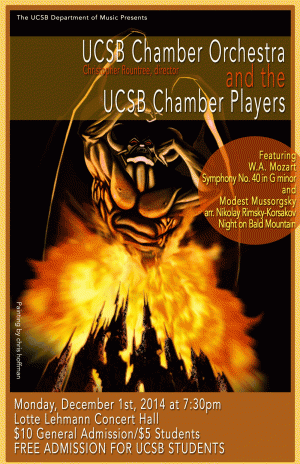
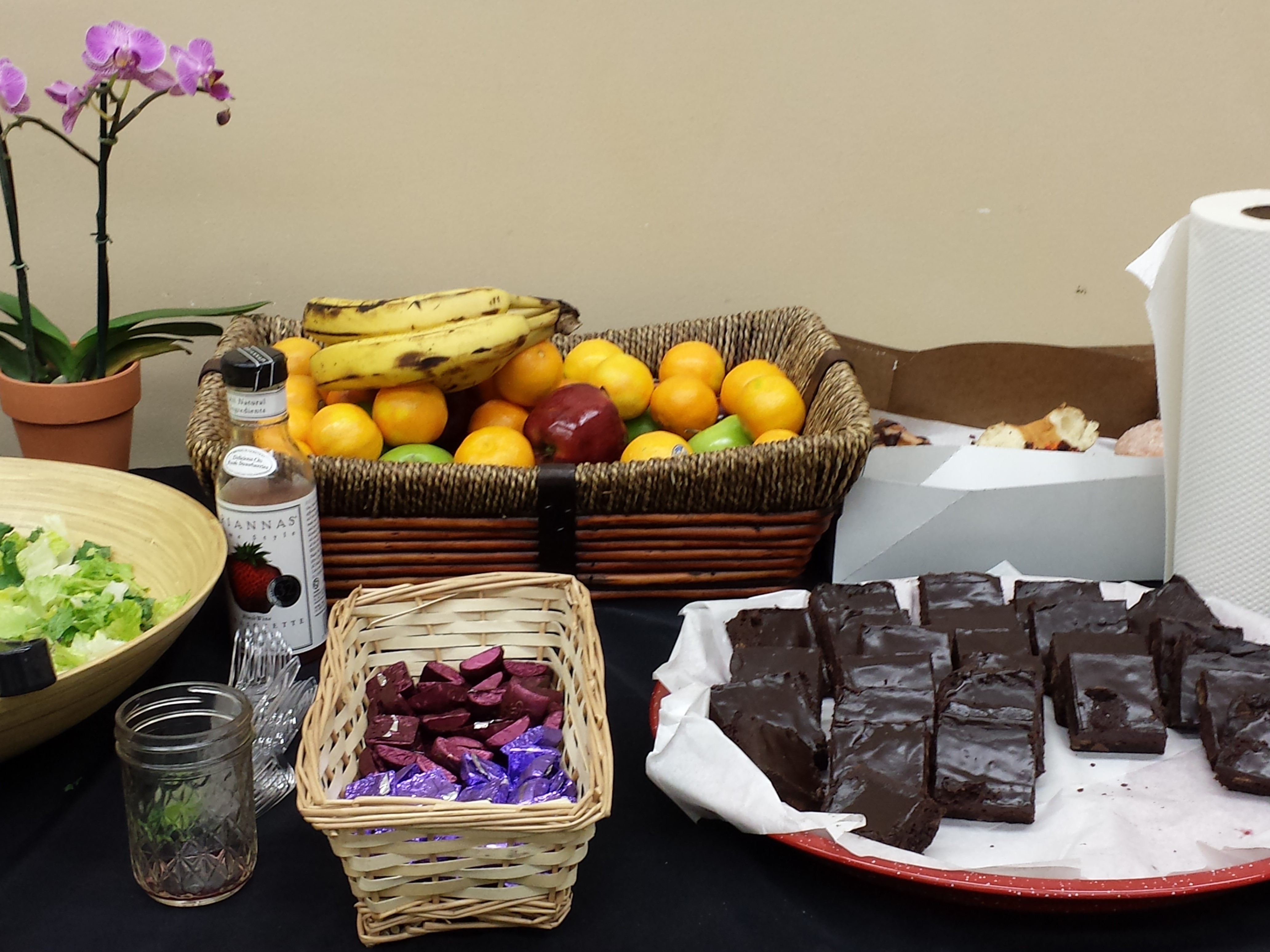
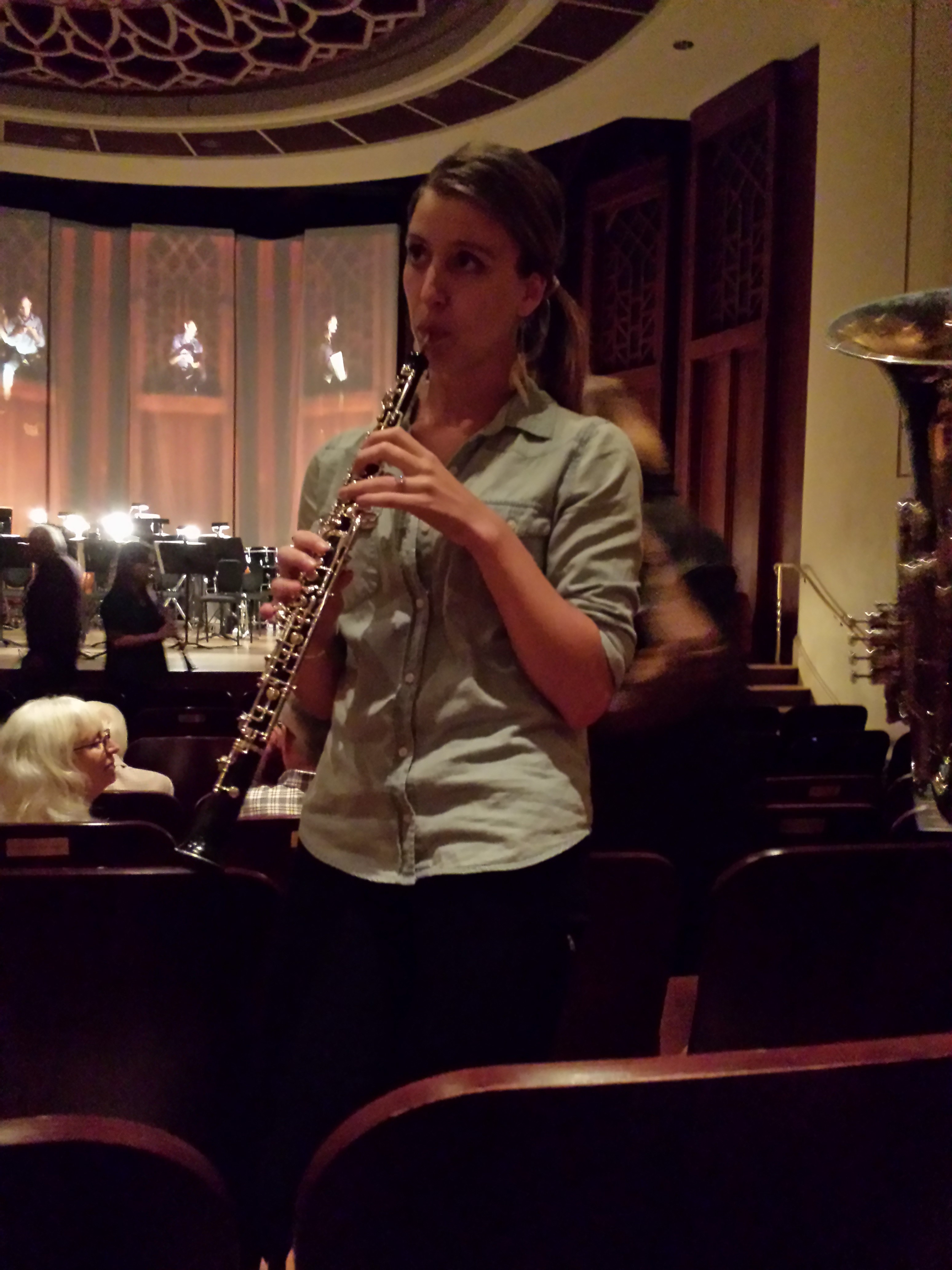
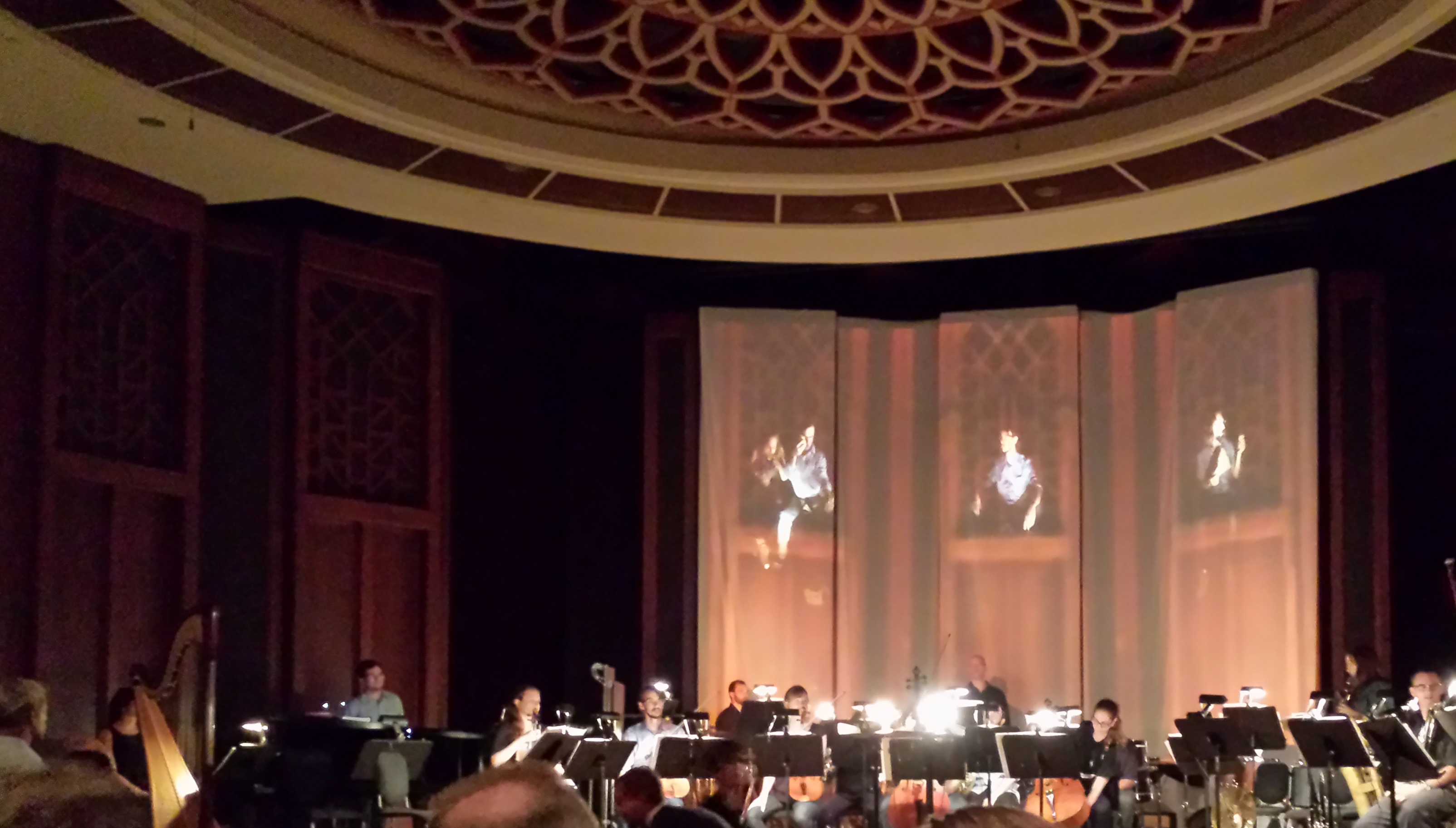
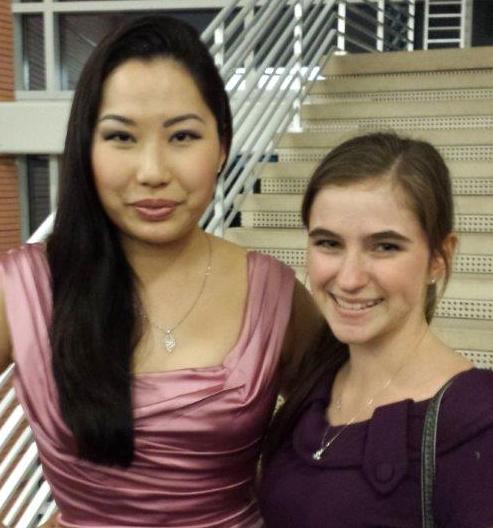

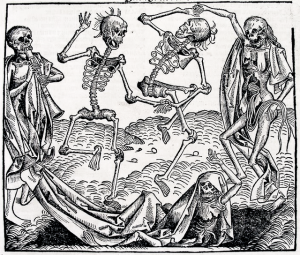

 ”
”